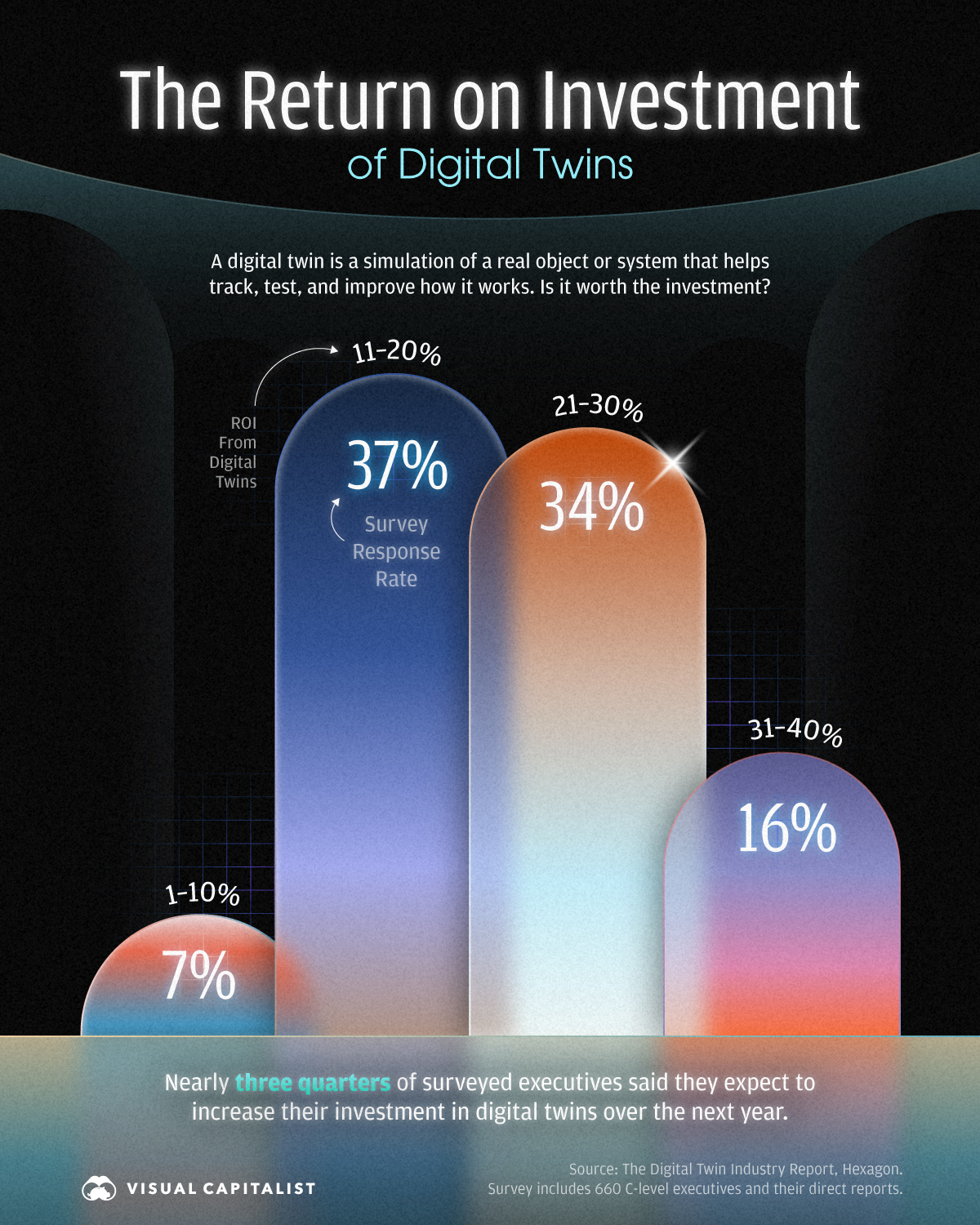![]() See this visualization first on the Voronoi app.
See this visualization first on the Voronoi app.
Charted: The Return on Investment of Digital Twins
This was originally posted on our Voronoi app. Download the app for free on iOS or Android and discover incredible data-driven charts from a variety of trusted sources.
A digital twin is a virtual representation of a real-world object, system, or process. It continuously updates with real-time data, enabling companies to simulate, test, and optimize operations.
When integrated with artificial intelligence (AI), digital twins gain advanced capabilities. But with those new AI advancements, is investing in a digital twin genuinely worth it?
In this graphic, we analyze Hexagon’s survey data from 660 executives across 11 countries to show the return on investment of digital twins.
The Business Case for Digital Twins
Executives using digital twins report significant gains across key business metrics. The survey data highlights a clear financial impact:
| ROI From Digital Twin | Survey Response Rate |
|---|---|
| 1-10% | 7% |
| 11-20% | 37% |
| 21-30% | 34% |
| 31-40% | 16% |
The survey says 92% of companies tracking ROI see returns above 10%, while half of companies reported returns above 20%.
Beyond immediate ROI, 74% of surveyed executives expect to increase their spending on digital twins next year. Companies that embrace this technology early already see the rewards, positioning themselves ahead of competitors that are slower to adapt.
The AI Factor: A Game-Changer for Digital Twins
Meanwhile, artificial intelligence is accelerating the adoption of digital twins, with 80% of executives stating that AI has increased their interest in the technology. AI enhances digital twins in three key ways:
- Creating more detailed digital replicas by processing complex datasets.
- Reducing update times and costs by automating data collection.
- Making digital twins more intuitive with AI-powered analytics and insights.
With tangible cost savings, operational efficiencies, and strategic advantages, digital twins are proving to be more than just hype—they are a fundamental driver of modern business success.
The data for this visualization was sourced from The Digital Twin Industry Report, a publication by one of our data partners, Hexagon. Our data partnerships are commercial agreements that may or may not include compensation, and partners are not involved with our editorial or graphical processes in any capacity.
-
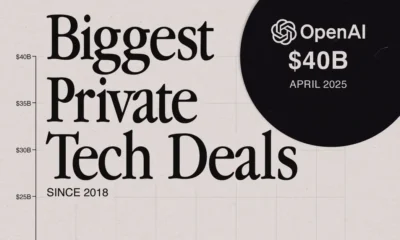
 Technology1 week ago
Technology1 week agoInfographic: The Biggest Private Tech Deals Since 2018
This infographic reveals some of the biggest private tech deals since 2018, including OpenAI’s record-setting $40B raise.
-
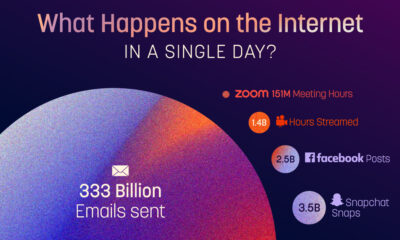
 Technology1 week ago
Technology1 week agoVisualized: Daily Internet Activity in 2025
Discover the scale of daily internet activity across platforms like email, Google, and Zoom in this data-driven infographic.
-
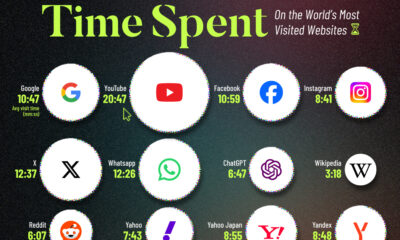
 Technology2 weeks ago
Technology2 weeks agoThe World’s Most Visited Websites by Time Spent Per Visit
From YouTube to ChatGPT, we show the average time people spend on the world’s top 20 most visited websites in 2025.
-
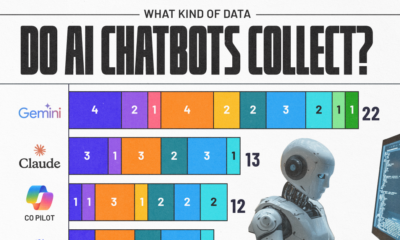
 Technology2 weeks ago
Technology2 weeks agoRanked: Which AI Chatbots Collect the Most Data About You?
Data collection is inevitable in the computer age. But what do AI chatbots collect, and how do they compare to each other? We find out.
-
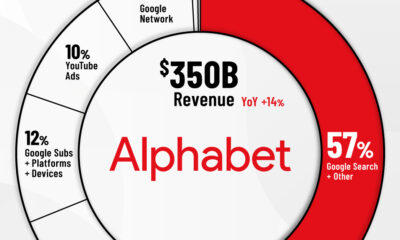
 Technology2 weeks ago
Technology2 weeks agoCharted: Alphabet’s Revenue Breakdown in 2024
As one of the world’s most profitable companies, we show Alphabet’s revenue streams in 2024 as sales climb to $350 billion.
-

 Technology2 weeks ago
Technology2 weeks agoCharted: How Microsoft Makes Its Billions
Microsoft revenues jumped to $245 billion in fiscal 2024, fueled by its flagship cloud services business and diverse revenue streams.
The post Charted: The Return on Investment of Digital Twins appeared first on Visual Capitalist.

